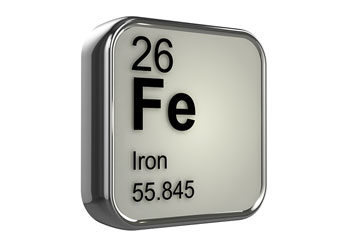Study links iron mining to mesothelioma

Photo: 3dalia/iStock/Thinkstock
Minneapolis – Longer work tenure and higher exposure to certain particles put Minnesota iron miners at an increased risk of a rare form of lung cancer, according to a new study from the University of Minnesota.
The six-year Minnesota Taconite Workers Health Study analyzed a roster of 68,000 miners from the Mesabi Iron Range. Researchers found that the miners died at higher rates of mesothelioma (cancer of the lung lining) than the state’s general population.
They concluded that the length of time worked in the industry and exposure to elongate mineral particles – small, needle-like fibers – led to higher levels of mesothelioma. Miners can be exposed to elongate mineral particles through mining dust or commercial asbestos. Workers who had above-average exposure to dust containing elongate mineral particles were twice as likely to develop mesothelioma than workers with below-average exposure.
Researchers found a 3 percent increase in risk of developing mesothelioma for each year worked.
Miners’ spouses were screened to examine whether they also were at risk but showed no greater evidence of lung scarring than the general public.

